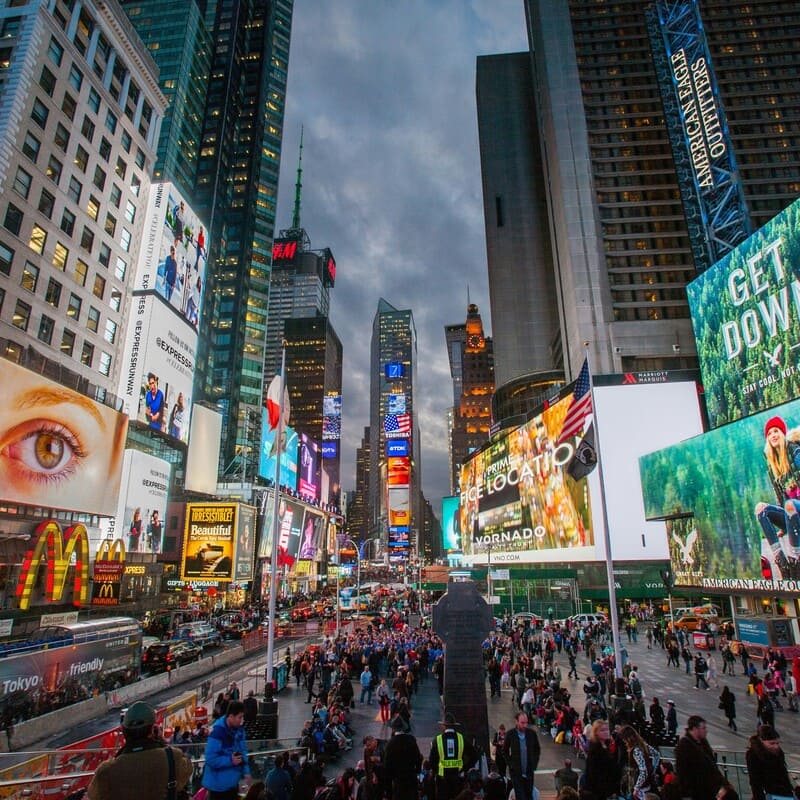
Ugly Ads Trend: Why Is It on the Rise and Why Should More Brands Hop on It?

A few months ago, the cereal brand Surreal launched a campaign that caused a reaction among marketers and consumers worldwide. Why? Because it was ugly.
Haven’t seen it yet? No problem! Take a look below.
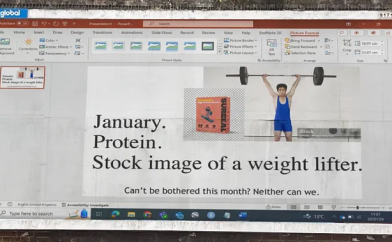
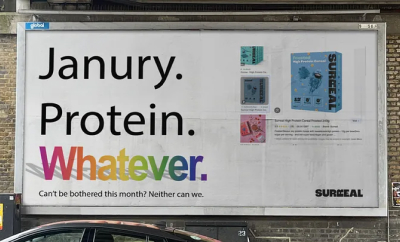
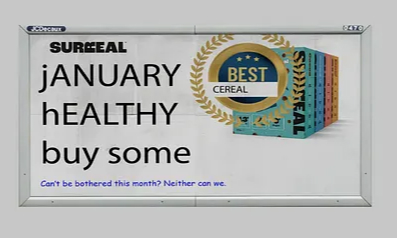
Source: Google
What’s your initial reaction to these ads? Do you love them? Do you hate them? Do you feel entertained or, maybe disappointed? Whatever you feel, these ads do make you feel something. And that’s exactly what ‘ugly ads’ are about.
What’s more, in a world where perfection reigns, they become increasingly desirable. There are several reasons for that, and in this blog, we’ll have a closer look at each of them and how brands can use them for their benefit.
What are ugly ads?
Ugly ads don’t mean the brand’s content or products are ugly — the ads themselves are simply created without an extremely high production quality or budget. They are also characterized by their unconventional aesthetics, offbeat humor, and sometimes downright bizarre visuals. While traditional advertising often focuses on polished, aesthetically pleasing content, ugly ads break the mold and capture audience attention in unexpected ways.
Unsurprisingly, ugly ads still aren’t as popular among brands as beautifully crafted ones because they’re riskier and may be interpreted in the wrong ways, but guess what? There’s nothing to worry about. Keep on reading to learn why brands shouldn’t be afraid of ugly advertising in 2024.
5 reasons why your brand should go for ugly ads
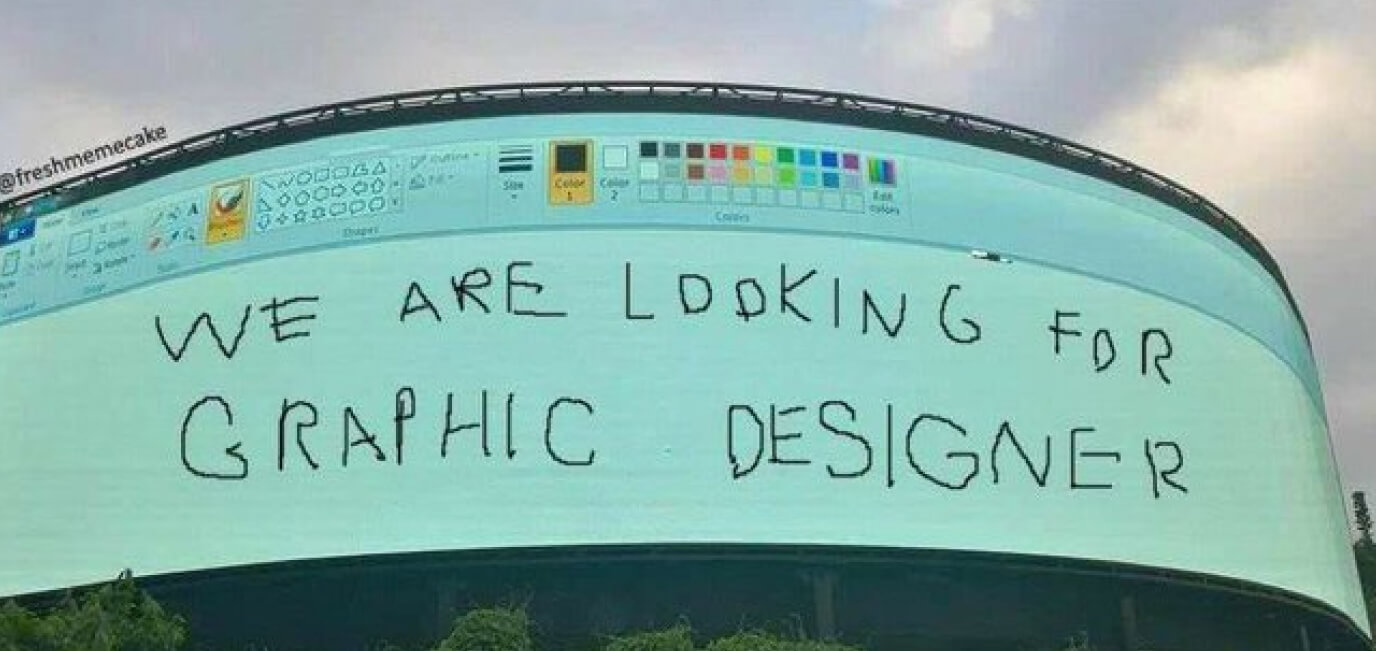
Source: Google
1. Standing out from the competition
Ugly ads stand out in a crowded marketplace. In an era where consumers are bombarded with a constant stream of advertisements across various platforms, it’s becoming increasingly challenging for brands to capture and retain audience attention. Traditional ads often blend into the background noise and fail to make a lasting impression. However, ugly ads disrupt this pattern by defying expectations and commanding attention through their unconventional visuals and messaging.
2. Making your brand relatable
Ugly advertising has a unique ability to resonate with audiences on a deeper level, and who doesn’t want that? While polished and airbrushed advertisements may present an idealized version of reality, ugly ads embrace imperfection and authenticity. They speak to the quirks of everyday life, allowing consumers to relate to the content on a more personal level. In a world where authenticity is valued more than ever, ugly ads have the power to forge genuine connections with audiences by embracing the imperfect and the unconventional.
3. Increasing brand visibility
We all want content that becomes viral, yet we continue to produce boring advertising… Not anymore! Ugly ads do tend to go viral and can significantly amplify brand visibility. One study showed that after a few months of running ugly Facebook ads, there was a 30% lift in action intent. Ugly ads are tailor-made for the digital age, encouraging users to share and engage with the content. This organic amplification can lead to exponential reach and brand exposure, far beyond what traditional advertising methods can achieve.
4. Making a real impact
Perhaps the most compelling reason for brands to embrace ugly ads is their ability to cut through the clutter and spark meaningful conversations. By challenging conventional notions of beauty and aesthetics, ugly ads invite viewers to question their preconceived ideas and engage in dialogue about what truly resonates with them. In doing so, brands can position themselves as thought leaders and trendsetters, pushing the boundaries of creativity and innovation in the advertising industry.
5. Appearing vulnerable (and it’s a good thing)
Vulnerability is what makes us human, right? That’s what humanizes a brand, too. It makes it real and strengthens connections with customers. Vulnerability also shows courage and resilience, encourages new ideas, and appeals to younger consumers, as this quality is particularly important for Millennials and Gen Z. In short, being open makes a brand more likable and trustworthy, building strong bonds with customers.
Where to start?
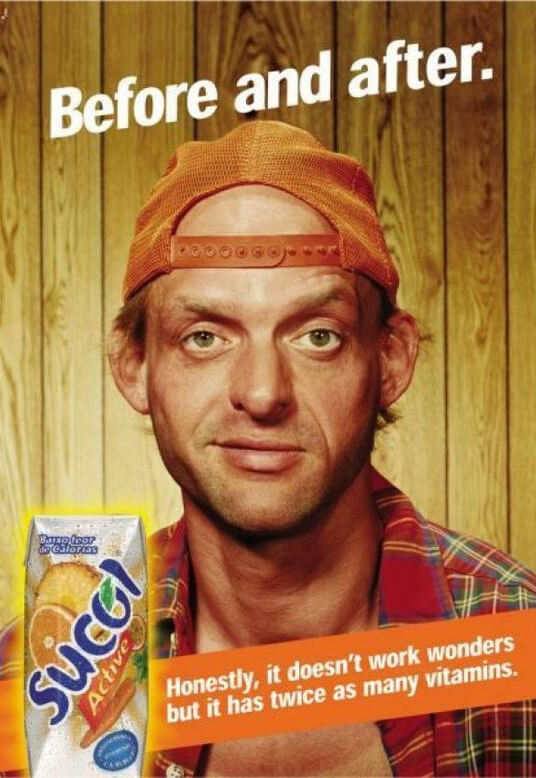
Source: Pinterest
A good question! We may think creating an ugly ad is a walk in the park at first, but it’s far from it. Ugly ads may require way more creative juices flowing than the traditional ones, where everything is smooth and clear. On the other hand, it doesn’t have to be too complicated. Here’s some excellent advice from the Growth Marketing Consultant & Advisor and ugly advertising proponent Barry Hott.
“You still need to make a good ad. It still needs to have a beginning, middle, and end. It still needs to have a good hook and a story. It still needs to sell. Many people get riled up by me saying these things, but when I say ‘make ugly ads,’ I’m not saying make the ugliest-looking ad. I’m saying we’re all trained to think we need the nicest camera, the perfect lighting, a nice setting, and a steady video. But you don’t need to focus on these things that much. Instead, focus on getting people to pay attention to the problem.”
It’s also important to note that there’s a huge difference between an ugly and a bad ad, as the latter can be both ugly or pretty (and still doesn’t work). To put it simply, a bad ad fails to grab attention, lacks relevance, doesn’t resonate with viewers, and ultimately, doesn’t drive sales. These ads often prioritize the brand and its products over storytelling, failing to inspire viewers to change their opinions or, take action.
Remember: a strong story and hook that gets viewers engaged is crucial for any type of ad, whether aesthetically pleasing or unconventional.
So, what are you waiting for? Get ugly today!
If you’ve already decided to incorporate ugly advertising into your brand’s strategy, here are a few quick tips to make it work:
Be authentic
Consumers will quickly detect the content that feels too “salesy.”
Develop your unique style
Also, commit to it. Don’t be afraid to be one-of-a-kind.
Forget perfection
In the case of ugly ads, perfection is your enemy. Don’t overdo things.
Choose your moments
Every ad doesn’t need to be ‘ugly’, but the right one at the right time can be a great break from brand conventions.